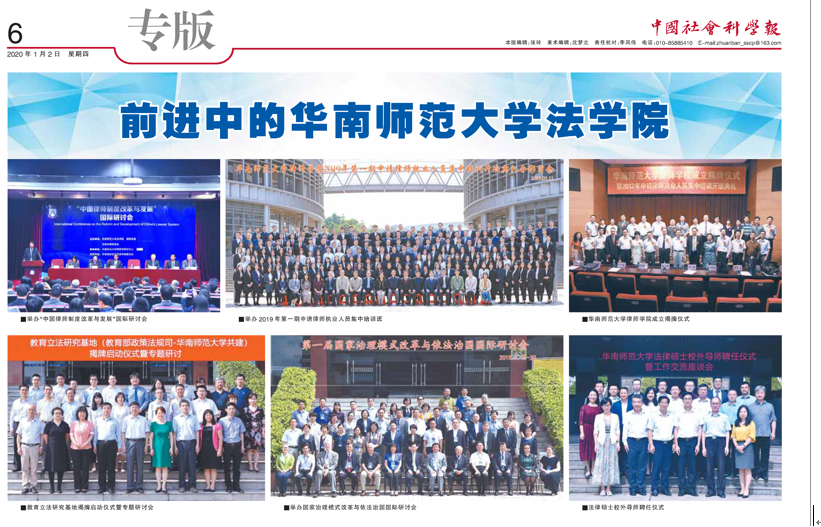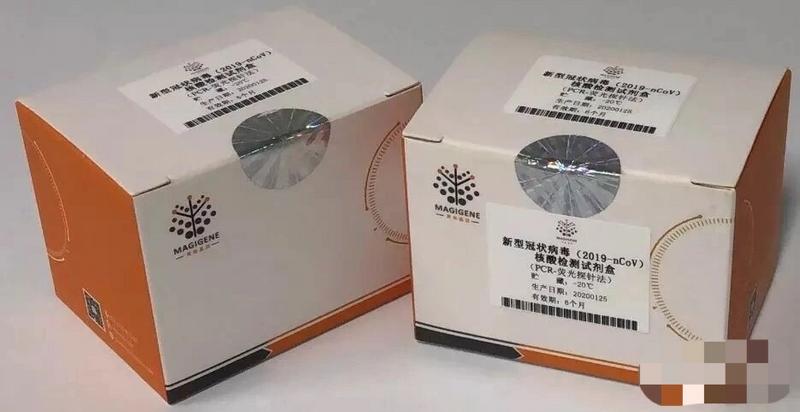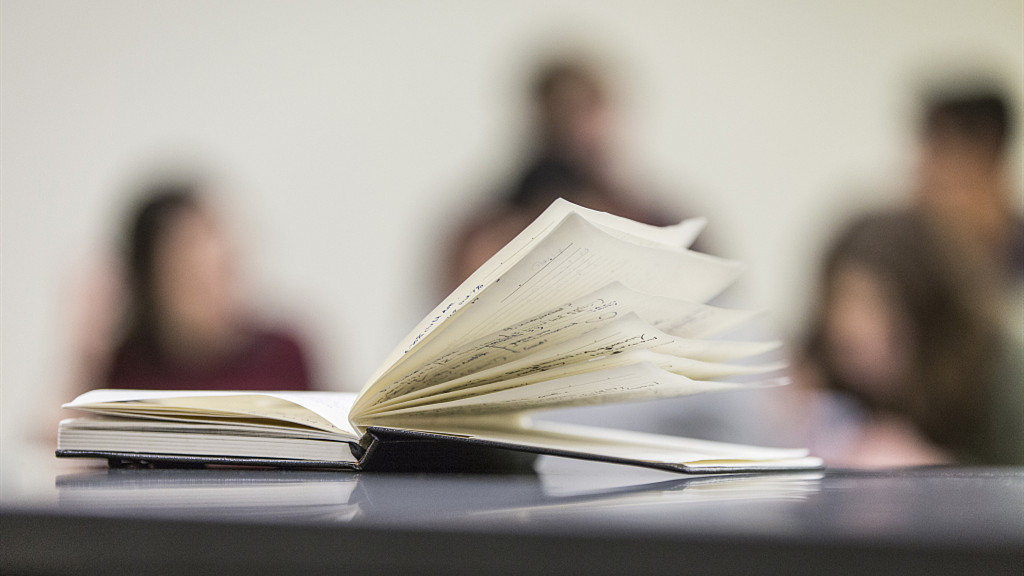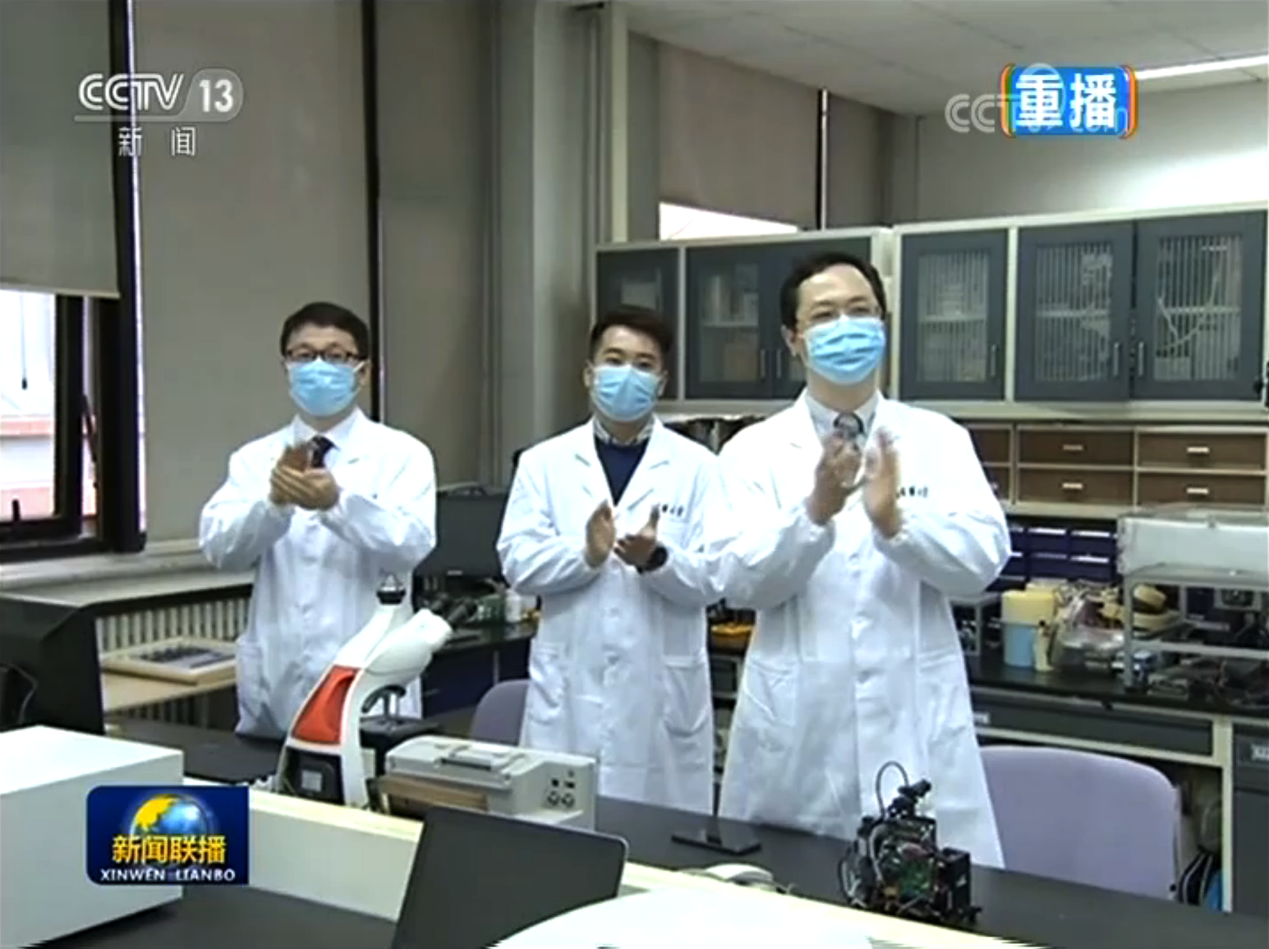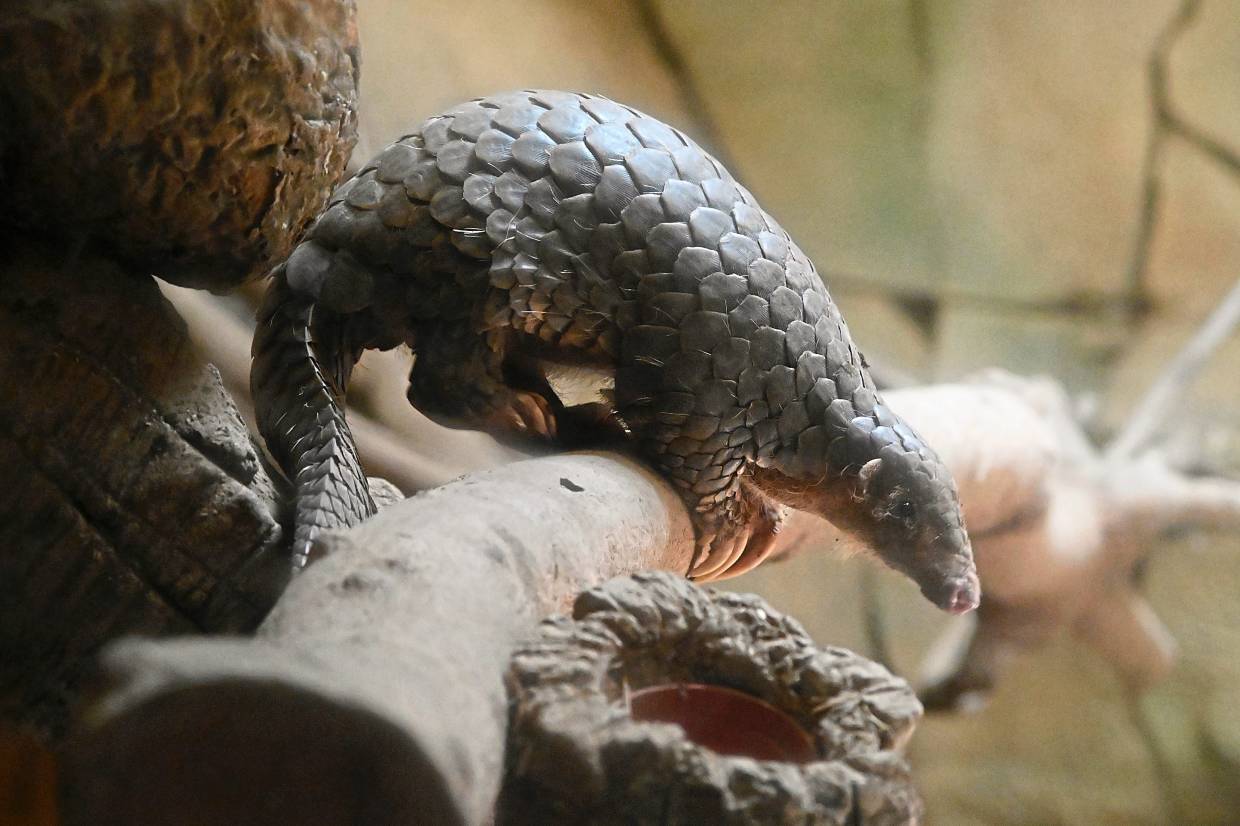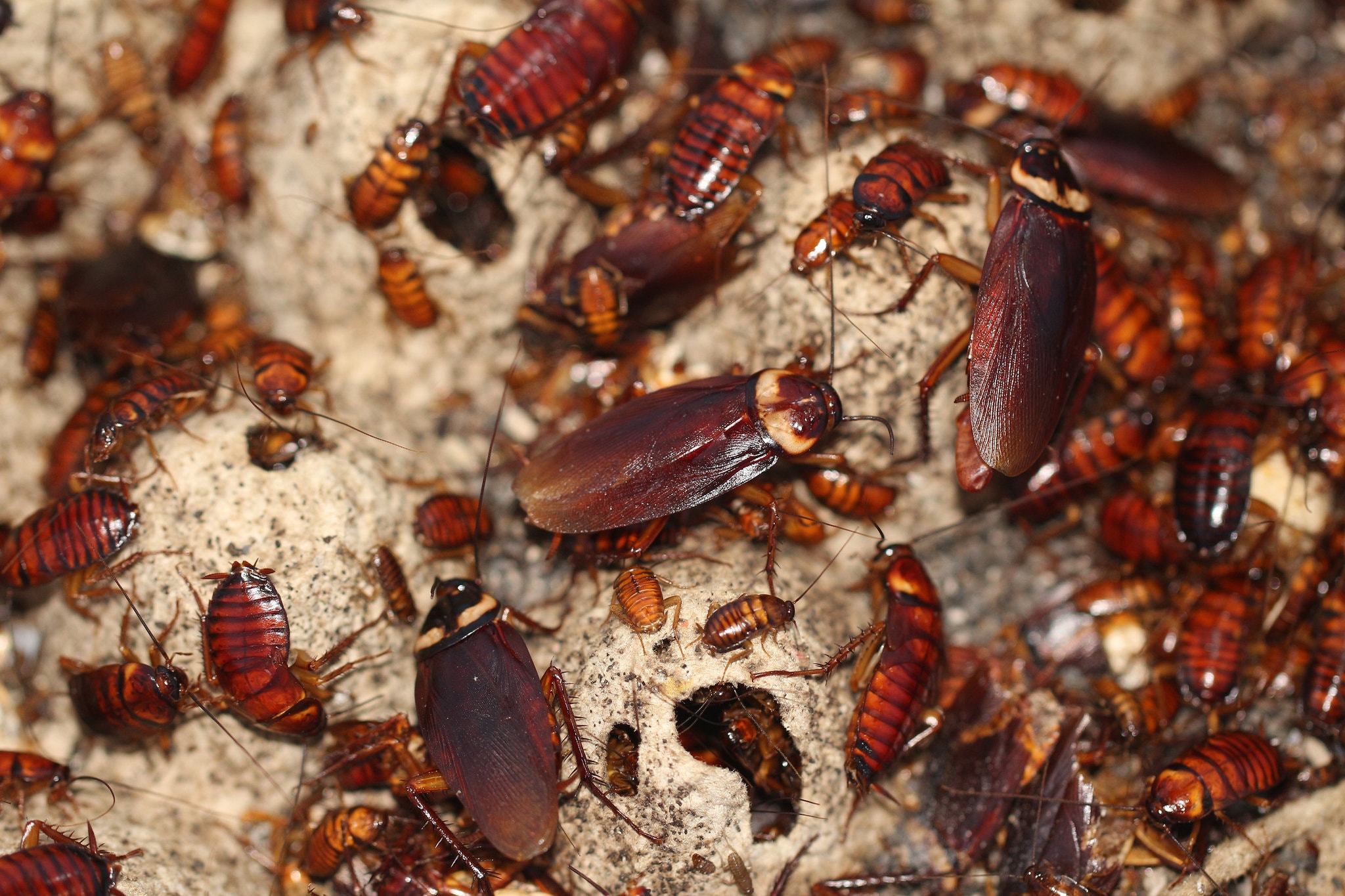
Likes
A RMIT-led, international collaboration published this week has observed large in-plane anisotropic magnetoresistance (AMR) in a quantum spin Hall insulator and the spin quantization axis of the edge states can be well-defined.
A quantum spin Hall insulator (QSHIs) is a two-dimensional state of matter with an insulating bulk and non-dissipative helical edge states that display spin-momentum locking, which are promising options for developing future low-energy nano-electronic and spintronic devices.
The FLEET collaboration of researchers at RMIT, UNSW and South China Normal University (China) confirm for the first time the existence of large in-plane AMR in monolayer WTe2 which is a novel QSHI with higher critical temperatures.
By allowing electrical conduction without wasted dissipation of energy, such materials could form the basis of a new future generation of ultra-low energy electronics.
FABRICATING MONOLAYER WTE2 DEVICES
The rise of topological insulators has offered significant hope for researchers seeking non-dissipative transport, and thus a solution to the already observed plateauing of Moore's law.
Unlike previously-reported quantum-well systems, which could only exhibit quantized edge transport at low temperatures, the recent observation of quantized edge transport at 100 K in a predicted large band-gap QSHI, monolayer WTe2 , has shed more light on the applications of QSHI.
"Although we had gained much experience in stacking van der Waals (vdW) heterostructures, fabricating monolayer vdW devices was still challenging for us," the study's first author Dr Cheng Tan says.
"Because monolayer WTe2 nanoflakes are difficult to obtain, we firstly focused on a more mature material, graphene, to develop the best way for fabricating monolayer WTe2 vdW devices" says Cheng, who is a FLEET Research Fellow at RMIT University in Melbourne.
As the monolayer WTe2 nanoflakes are also very sensitive to the air, protective 'suits of amours' made of inert hBN nanoflakes should be utilized to encapsulate them. Additional, the assembly was carried out in an oxygen- and water-free glove box before series of tests outside. After some effort, the team then successfully fabricated the monolayer WTe2 devices with gate electrodes and observed typical transport behaviours of gated monolayer WTe2.
"For materials to be used in future spintronic devices, we need a method to determine spin characteristics, in particular the direction of spin," says Dr Guolin Zheng (also at RMIT).
"However, in monolayer WTe2, spin-momentum locking (an essential property of QSHI) and whether spin quantization axis in its helical edge states could be determined had yet to be experimentally demonstrated."
Anisotropic magnetoresistance (AMR) is an effective transport measurement method to reveal the relationship between the electrons' spin and momentum when the current is spin-polarized.
Considering that the edge states of a QSHI only allow the transport of spin-polarized electrons, the team then used AMR measurements to explore the potential spin-momentum locking in the edge states of monolayer WTe2.
"Fortunately, we found the proper method to deal with the monolayer WTe2 nanoflakes," says co-author Dr Feixiang Xiang (UNSW). "So then we performed angular-dependent transport measurements to explore the potential spin features in the edge states."
PERFORMING ANISOTROPIC MAGNETORESISTANCE AND DEFINING THE SPIN QUANTIZATION AXIS
However, the topological edge states are not the only possible cause for spin-momentum locking and in-plane AMR effects in a QSHI. Rashba splitting could also generate similar effects, which may make the experimental results unclear.
"Fortunately, topological edge states and Rashba splitting induce very different gate-dependent in-plane AMR behaviours, because the band structure under these two situations are still very different." says co-author Prof Alex Hamilton (also at UNSW).
"Most of the samples show that minimum of in-plane AMR happens when the magnetic field is nearly perpendicular to the edge current direction." says Cheng.
Further theoretical calculations by collaborators at South China Normal University further confirmed that electrons' spins in the edge states of monolayer WTe2 should be always perpendicular to their propagation directions, so-called 'spin-momentum locking'.
"The amplitudes of the in-plane AMR observed in monolayer WTe2 is very large, up to 22%" says co-author A/Prof Lan Wang (also at RMIT).
"While the previous amplitudes of in-plane AMR in other 3D topological insulators are only around 1%. By AMR measurements, we can also precisely determine the spin quantization axis of the spin polarized electrons in the edge states."
"Again, this work demonstrates the promising potential of QSHI for designing and developing novel spintronic devices and prove AMR as a useful tool for the design and development of QSHI-based spintronic devices, which are one of the promising routes for FLEET to realize low-energy devices in future."
Story Source:
Materials provided by ARC Centre of Excellence in Future Low-Energy Electronics Technologies. Note: Content may be edited for style and length.
Journal Reference:
Cheng Tan, Ming-Xun Deng, Guolin Zheng, Feixiang Xiang, Sultan Albarakati, Meri Algarni, Lawrence Farrar, Saleh Alzahrani, James Partridge, Jia Bao Yi, Alex R. Hamilton, Rui-Qiang Wang, Lan Wang. Spin-Momentum Locking Induced Anisotropic Magnetoresistance in Monolayer WTe2. Nano Letters, 2021; DOI: 10.1021/acs.nanolett.1c02329
What to read next:

